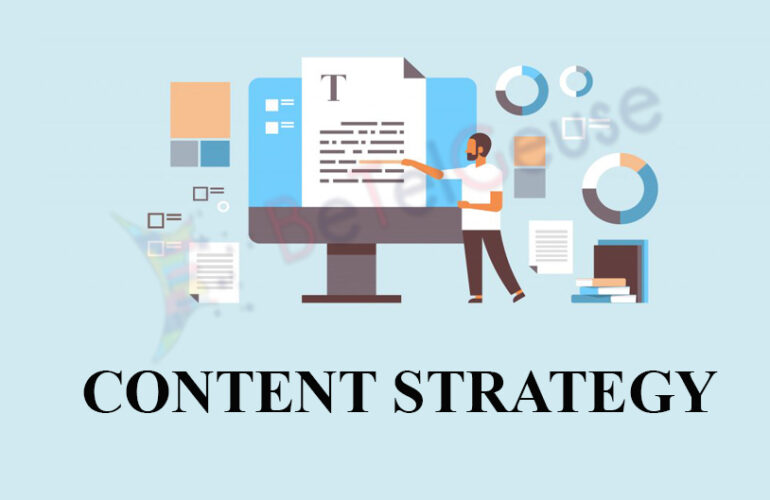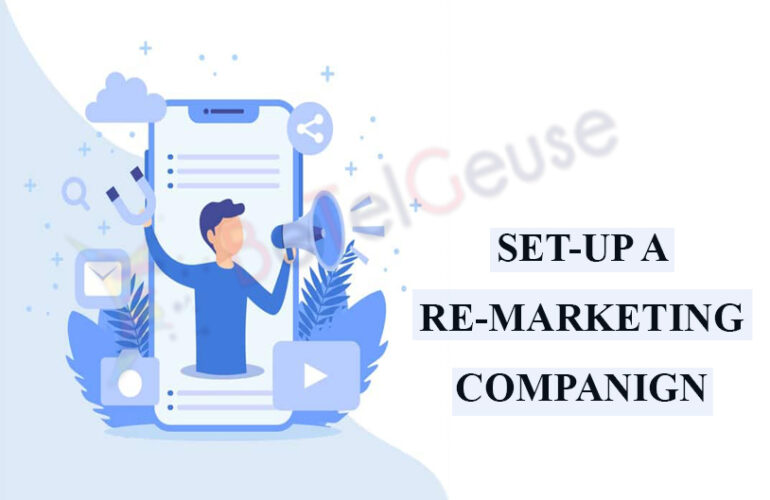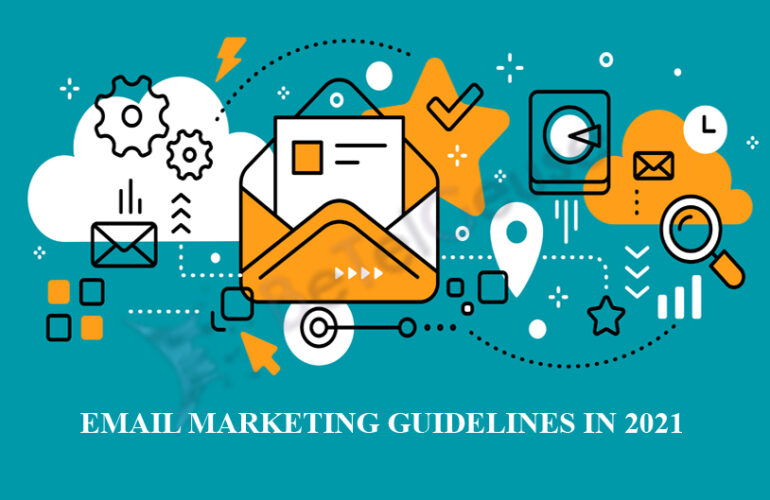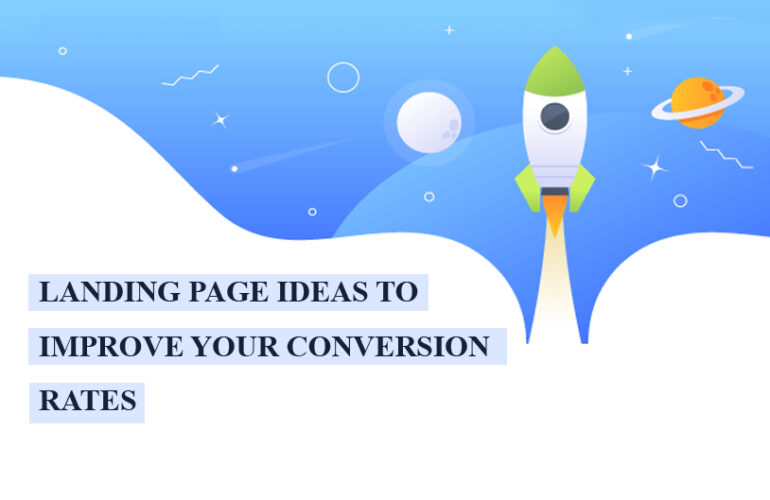The Importance of Project Deadlines & Why We Excel at Meeting Them
Project deadlines play a crucial role in the success of any endeavour. They provide structure, foster accountability, and drive efficiency. Let us delve into the significance of project deadlines and explain why our organization stands out as a leader in meeting them consistently and effectively.
Driving Focus and Prioritization:
Project deadlines serve as guiding beacons that instill focus and prioritize tasks. By setting a specific date or timeline for project completion, teams are compelled to organize their efforts, allocate resources efficiently, and streamline their workflow. With a well-defined deadline in place, individuals can better assess the urgency of tasks, make informed decisions, and avoid unnecessary delays. Our organization recognizes the criticality of driving focus and prioritization through project deadlines, ensuring that each team member understands their responsibilities and works towards accomplishing them within the stipulated time frame.
Enhancing Accountability:
Project deadlines promote a culture of accountability within teams. When individuals are aware of the specific timeframe within which they are expected to deliver their work, they are more likely to take ownership of their tasks and ensure timely completion. Deadlines create a sense of responsibility among team members, fostering a proactive approach and reducing the risk of procrastination. At our organization, we foster a collaborative environment where every team member understands the importance of accountability and takes pride in meeting deadlines consistently.
Boosting Efficiency and Productivity:
Meeting project deadlines is directly linked to improved efficiency and productivity. By establishing clear milestones and timeframes, teams can plan their activities, allocate resources optimally, and minimize downtime. Deadlines provide a sense of urgency, driving individuals to work diligently and make efficient use of their time. Our organization excels in this aspect by implementing effective project management techniques, leveraging technology tools, and adopting agile methodologies. We ensure that our teams have the necessary resources, support, and guidance to maximize their productivity and achieve project goals within the designated deadlines.
Fostering Client Satisfaction:
Adhering to project deadlines is vital for ensuring client satisfaction. Meeting or exceeding client expectations in terms of timely delivery enhances trust, credibility, and overall client experience. Deadlines serve as benchmarks for progress, allowing clients to track the project’s trajectory and plan accordingly. Our organization prides itself on its commitment to customer satisfaction. We prioritize communication, provide regular progress updates, and meet project deadlines consistently. By delivering projects on time, we establish long-term partnerships with our clients, earning their confidence and fostering lasting relationships.
Final Thoughts:
In today’s fast-paced business landscape, project deadlines are integral to success. They drive focus, enhance accountability, boost efficiency, and foster client satisfaction. Our organization’s exceptional track record in meeting project deadlines can be attributed to our unwavering commitment, effective project management practices, and dedicated team focused on delivering high-quality results within stipulated timeframes.










